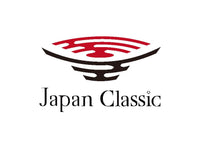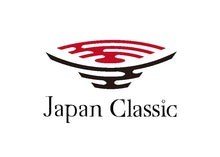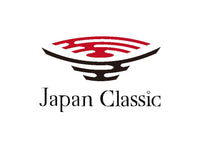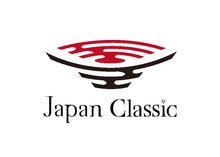【Japanese Pottery】Overglaze Kiln (Uwae‑gama): Mastering Low‑Fire Decoration in Japanese Ceramics
About the Author
Hayato Eihara
I am a Japanese resident living in Japan!
With years of experience, I share in-depth and detailed information about Japan with the world.
As part of my mission to promote Japanese culture, I also run Japan Classic, an online shop specializing in unique, high-quality tableware. If you're interested, feel free to check it out!
Table of Contents
- 1. Overglaze Kiln (上絵窯, Akae‑gama; Nishiki‑gama) Early Edo Period–Present: Rising Flame Type
- 2. Modern Overglaze Kiln (現代の上絵窯)
1. Overglaze Kiln (上絵窯, Akae‑gama; Nishiki‑gama) Early Edo Period–Present: Rising Flame Type
An overglaze kiln (上絵窯) is designed specifically for firing overglaze decoration (上絵) onto ware that has already been glazed and bisque‑fired at 1,200–1,300°C. The overglaze firing occurs at a lower temperature of 600–800°C.
Early overglaze work focused primarily on red pigments, giving rise to the term akae (赤絵, “red painting”). As the palette expanded to include blue, green, purple, and yellow—creating richly colored, brocade‑like surfaces—it became known as nishikide (錦手, “brocade ware”).
Thus, overglaze kiln ≒ akae kiln (赤絵窯) ≒ nishiki kiln (錦窯).
Overglaze kilns feature a double‑walled structure: flames travel around the exterior of the firing chamber and exit through flues, delivering only radiant heat to the ware without direct flame contact. This prevents soot (煤), scorching, unexpected deformation, and unintended kiln effects (窯変).
Overglaze firing originated in Arita during the Edo period, where the pristine white porcelain body prohibited any scorching or warping.
・Fuel evolution: firewood (薪) initially; coal (石炭) in the Meiji era; subsequently heavy oil, light oil, and gas.
・Low‑temperature firing (600–800°C) required precise temperature control—overheating could liquefy overglaze pigments.
2. Modern Overglaze Kiln (現代の上絵窯)
Modern overglaze kilns are predominantly electric, though gas and oil models remain in use.
・Electric heating elements eliminate flame‑related soot or staining.
・Precise temperature programming and ramp control simplify firing schedules.
・Low‑temperature oxidation firing (600–800°C) is reliably achieved, ensuring consistent, high‑quality results for both bisque and overglaze decoration.
Brighten Up Your Table.
We deliver vibrant, high-quality pieces directly from Japan to add color and elegance to your dining experience.







Leave a comment